The 119th Annual Christmas Bird Count
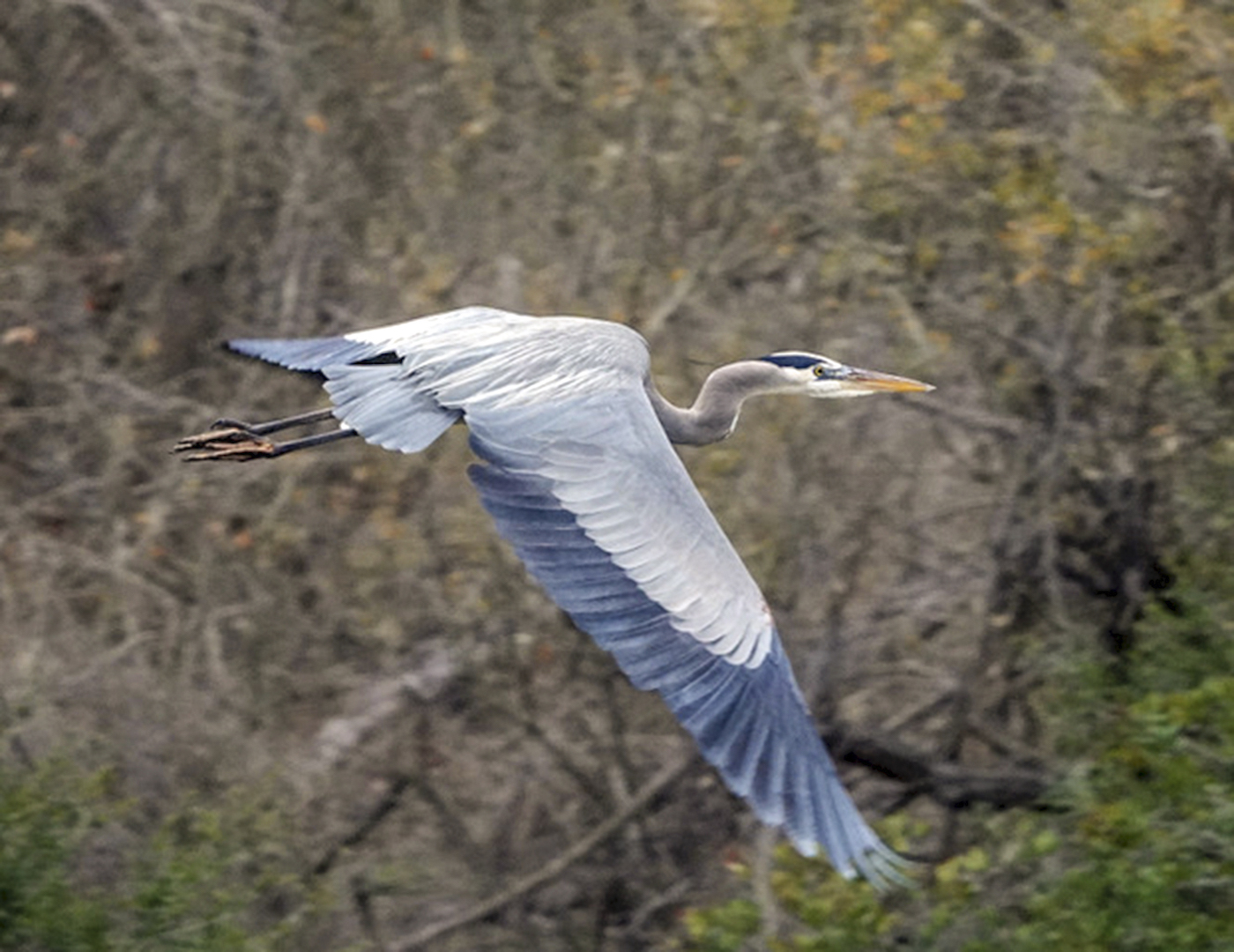
The Christmas Bird Count [CBC] is the longest-running citizen science survey in the world, with origins dating back to December 1900 when ornithologist Frank Chapman asked people to count birds instead of hunting them for sport at Christmas time. This shift began an international bird species count to help birds repopulate that had begun to decline due to the annual hunt.
Locally, we have a team of experts led by Rebecca Coulter who is the CBC Head Compiler, a 20-plus year birding expert. Her Coordination and Compiling Team is Joan Murdoch, Libby Patten, and Liz Muraoka. Joan manages participants and group development, Libby manages the Santa Barbara CBC website and tracks rarity data, and Liz manages social media content and count day reporting. Shout outs go to Bill Pollock, the count data spreadsheet designer; Glenn Kincaid, the area bird count map-maker; boat captain Peter Grim; local birding expert in Montecito Joan Lentz; the SB Audubon Society; and all the volunteers.
Our area for the bird count covers a 15-mile diameter, centered at Highway 154 and Foothill Road. The approximate count circle boundaries are: San Ysidro Road on the east, Paradise Road on the north, Coronado Road on the west, and five miles offshore on the south by boat. The count includes sea birding onboard a boat, as well as night birding volunteers trained in hearing and sighting night birds, such as the Great-horned Owl, Western Screech Owl, Spotted Owl, the Northern Saw-whet Owl, and the Common Poorwill.
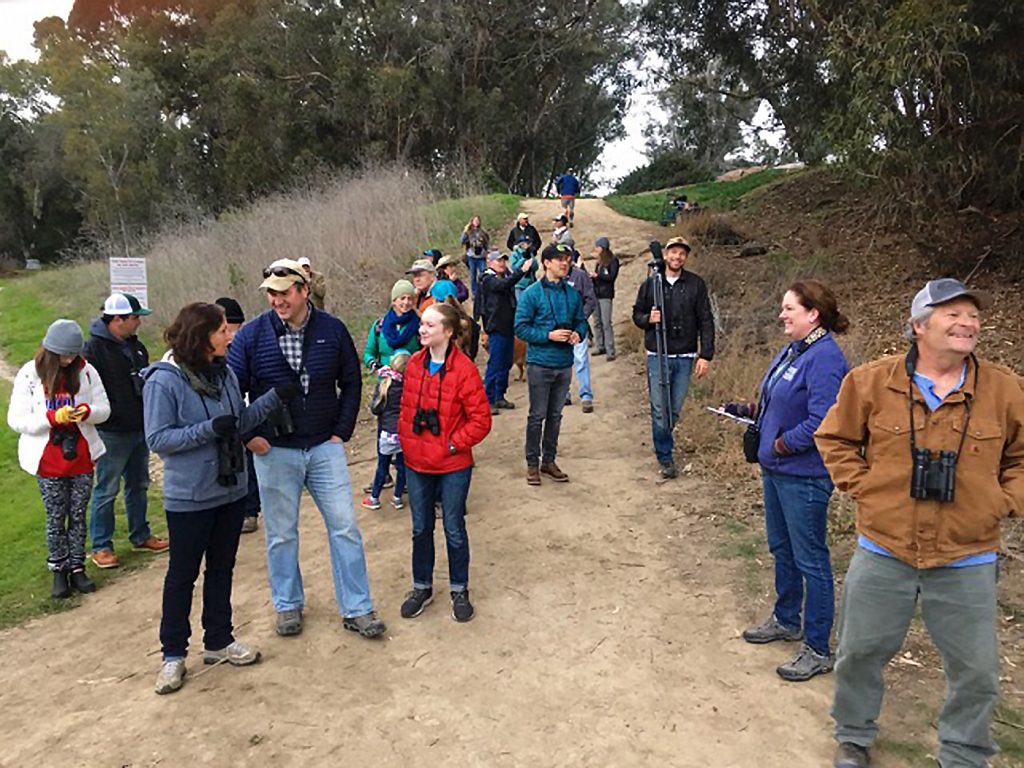
This all-volunteer project is powered annually by over 200 local residents, with ten people counting night birds and twelve counting sea birds (two on a boat and ten onshore).
Count day was Saturday January 5, during a 24-hour period. Counters battled the rains and winds and the total bird species counted this year is 198, as compared to 203 in 2018.
My interview with Rebecca:
Q. What are the top five species found this year that are not normally home to Santa Barbara County and which are new to our area?
A. This is the first time on our CBC we identified the Dusky Flycatcher, which is only the third winter recorded of this species in the United States. This bird normally breeds at high elevation in Santa Barbara County. And first time here is the Long-eared Owl, considered very rare to be found this close to a coastline. This bird formerly was more numerous in our area, but its status is largely unknown due to their secretive habits.
We also counted a Black-headed Grosbeak, who normally breeds here in the summer, very rare in winter—normally they winter in Central America; a Tufted male Duck normally found in Asia and Europe returned for the sixth winter in the Santa Barbara area; and an Ancient Murrelet, an uncommon winter visitor, this small auk normally breeds in the northern Pacific from China to Canada.
What common birds have left or joined our area?
The Scaly-breasted Munia. This bird began in California as an escaped cage bird about 20 years ago, established and spread to be common throughout our region, and commonly found at feeders.
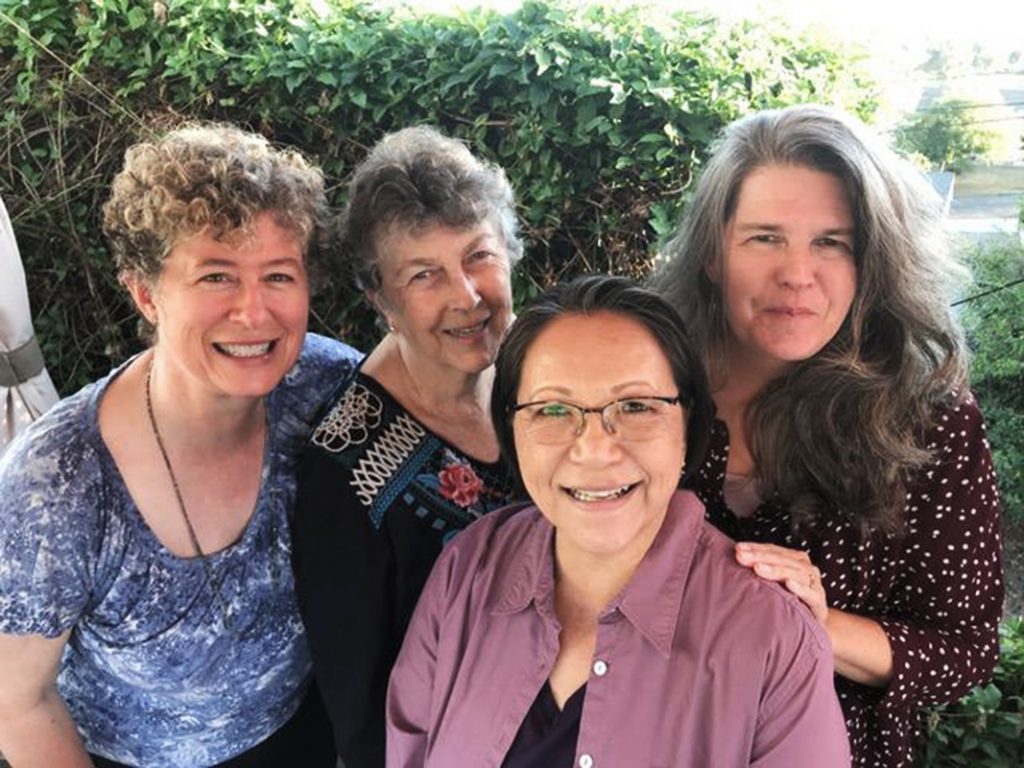
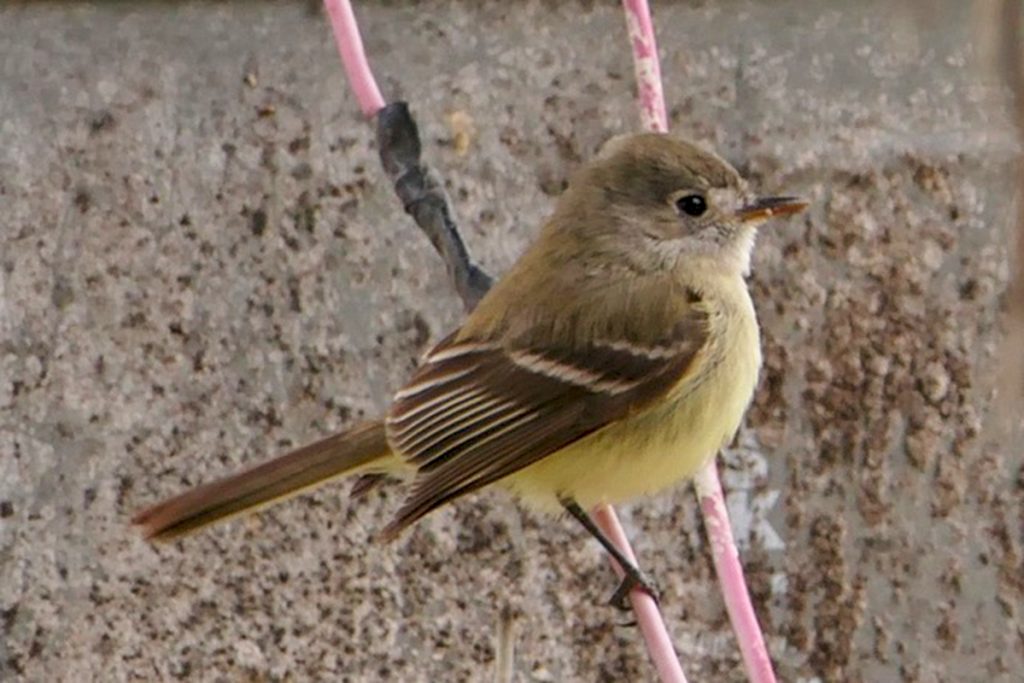
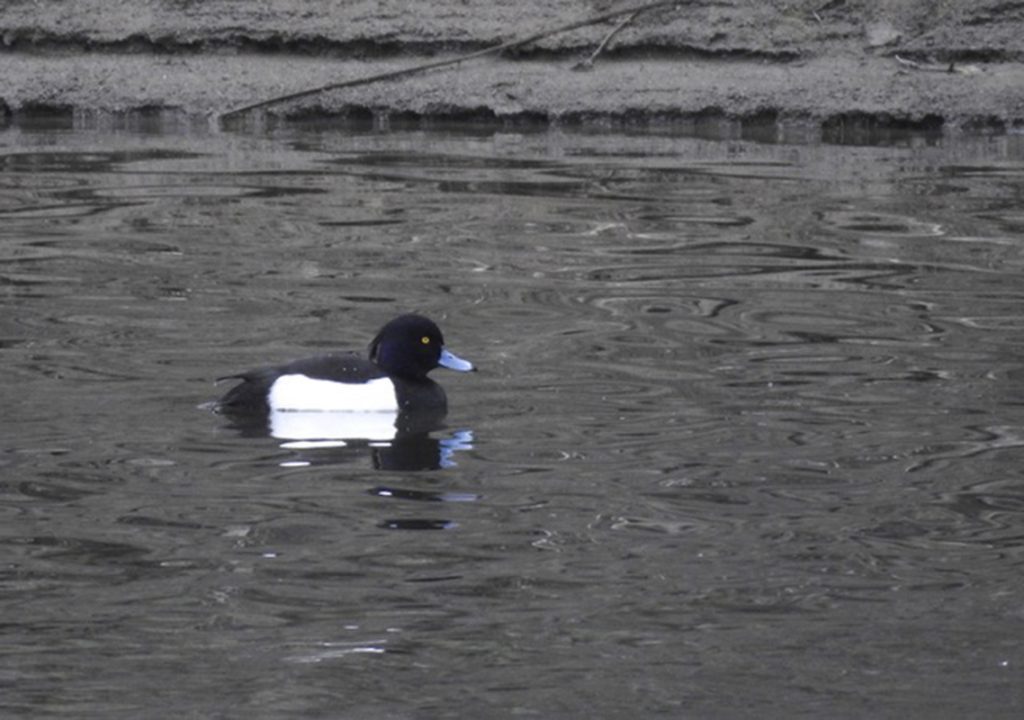
Any advice for local residents such as feeding or not, plants for birds, etcetera?
If you provide feeders, keep them clean. Providing water in shallow birdbaths is always useful in our drought-prone area. The Montecito fire and flood impact of the past year has cleared much of the landscape we know and love. Do your part to bring back bird populations by planting California natives or blooming exotics to attract birds to your yard, and don’t over-groom your landscape: birds love a slightly messy yard where there is cover and shelter to hide from predators. Do major tree and shrub trimming between September and January to avoid disturbing nesting species.
Why do a bird count in our area? What do our birds teach us about our environment?
The CBC is the longest citizen science project in the country, 119 years of continuous data. This long look at patterns and trends can tell us about bird population changes in our area, which in turn allows us to look at the human impact on birds and what we can do to conserve their habitats. Our region is on a major migration path, which allows us to see many species as they make their passages to, from, and through our area. This winter survey is an excellent snapshot through time. And participating in it is great way to connect us to the natural world.
411: www.santabarbaraaudubon.org or http://casbbirdcount.org/





